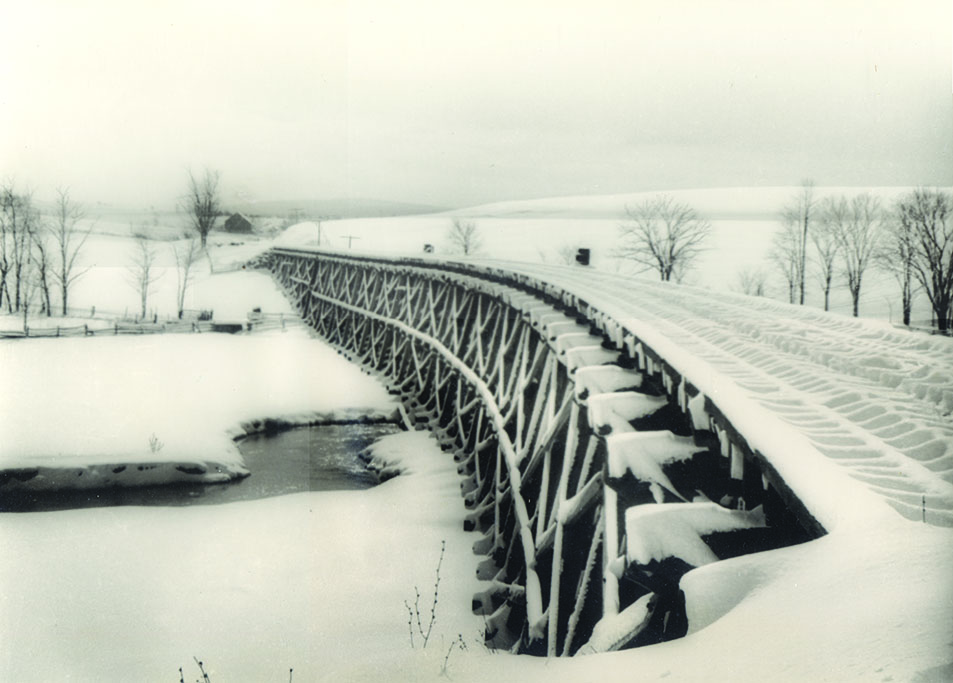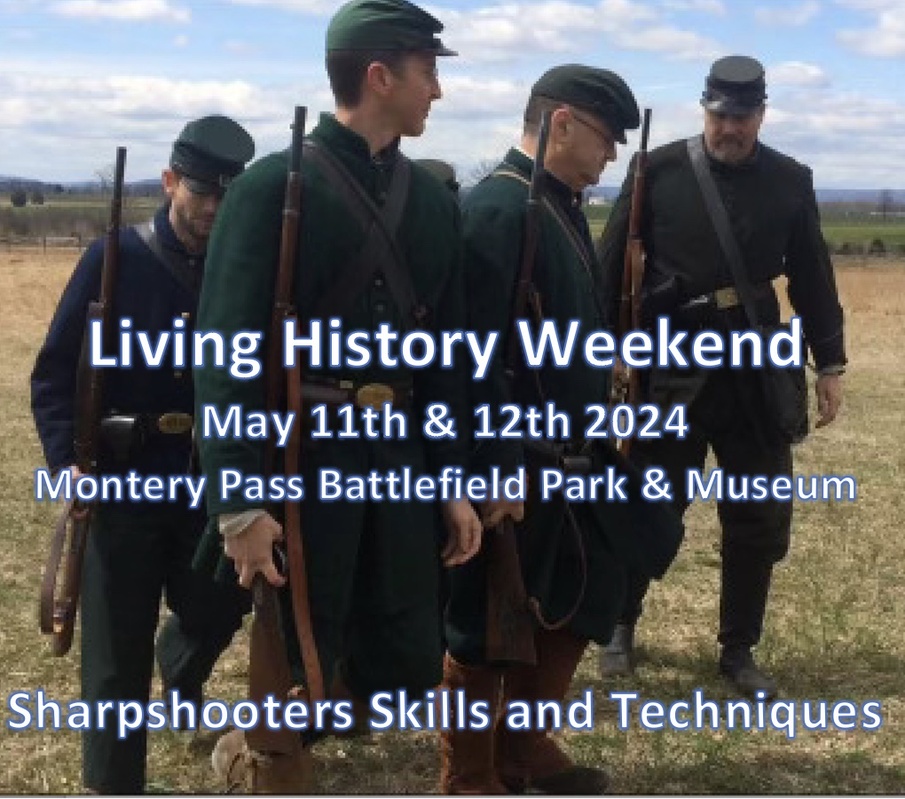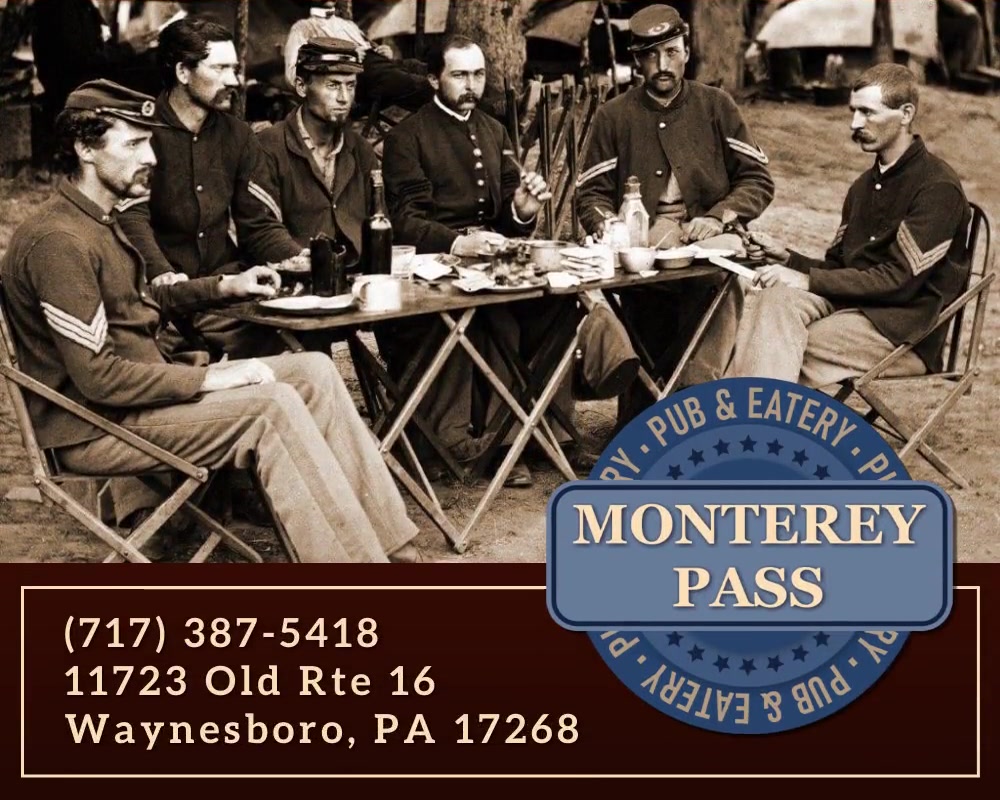Sylvester Snyder lived 99 productive years with intent eyes focused on Waynesboro. The mechanical engineer turned hobbyist photographer compiled an outstanding body of award-winning work- documenting his hometown with images that create nostalgic impressions.
Born on September 21, 1907, Snyder enjoyed the unique opportunity to witness his community flourish and evolve for almost the entire 20th century. With a talent for photography, his everlasting gift to Waynesboro, after his passing in 2006, is a portfolio of images that beautifully illustrate the town’s culture and history.
Local News 1 interviewed Todd Dorsett, a prominent historian and Executive Director of the Antietam Historical Association. AHA is the publisher of a new book on Snyder’s photography titled “Sylvester Snyder’s Waynesboro”. Dorsett edited the images and wrote the book’s introduction. The handsome hardbound book was released in December 2023 and is now available for purchase.
The book showcases hundreds of Snyder images that feature historic local subjects, including the former Arcade movie theatre, a vintage railroad trestle blanketed in winter snow, and the rustic Hoovers Mill. Images from Waynesboro’s 1947 sesquicentennial, citizens dressed in period clothing, pastoral views of Franklin County countryside, and various pictures of local industry are also included.
Dorsett fielded questions about Snyder’s memorable life and also discussed the book’s production process. Dorsett also considered the impact of Snyder’s work and explained how the new book carries out AHA’s continuing educational efforts.
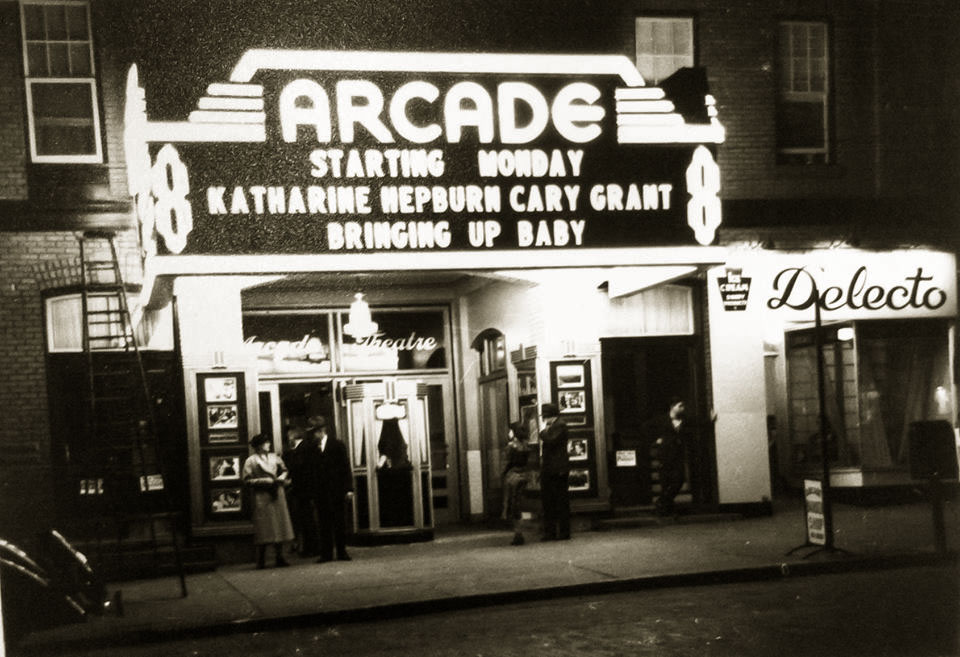
LN1: How were you introduced to Sylvester Snyder and his photography?
Dorsett: I knew Sylvester because his uncle married my great aunt. So I knew him all my life. He lived around the corner from us. Sylvester walked a lot and I saw him often. He was a snappy dresser and had his clothes tailored. I can still picture him walking up Third Street hill wearing a coat and tie. He always recognized me, even when I was very young.
LN1: What type of personality did Sylvester have?
Dorsett: As a mechanical engineer he was very exacting. Every detail had to be perfect, which I appreciate. Sylvester didn’t miss a trick. Name a local landmark, activity, or event and he took a picture of it. All in all, he was a very real person. Sylvester was also perceptive and it shows in his photography. He was a keen observer of everything around him.
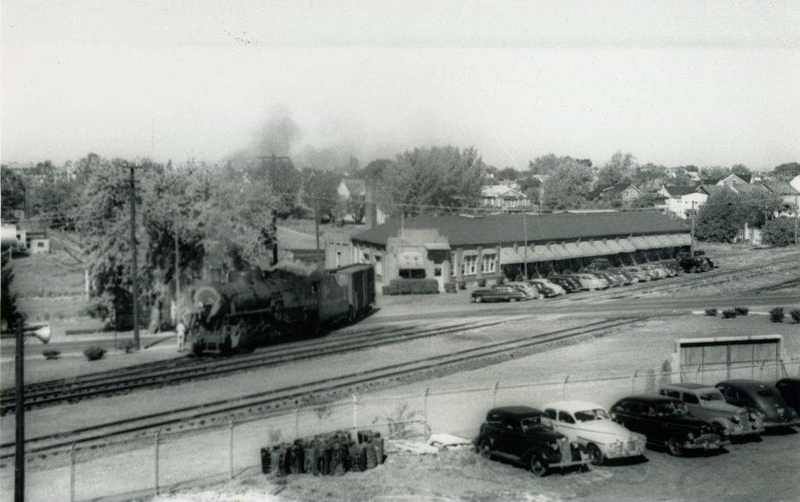
LN1: How did he get started in photography?
Dorsett: When he married in 1934, somebody told him that every man needed a hobby and Sylvester chose photography. His wife’s pastime was creating crossword puzzles. They were an intelligent couple.
LN1: What is the timeframe of the book’s images?
Dorsett: The bulk of the images range from 1937 to the late 1940’s; that was Sylvester’s heyday.
LN1: Many of the pictures suggest life in Waynesboro was simpler back then. Do you think this is true or more a reflection of the subjects Snyder chose?
Dorsett: What I see in these pictures is what I think Sylvester wanted to project, and that is the average citizen doing routine activities. He photographed people going in and out of the shops for lunch and coming back when the whistle blew. Sylvester covered so many aspects of life in Waynesboro. During the depression and World War Two, people didn’t have much and had simpler pursuits. That is what Sylvester photographed. His pictures exude mid-20th century Waynesboro. Somehow he made the ordinary interesting, and often with his talent he turned common objects into works of art.
LN1: What particular styles or habits do you recognize in Snyder’s pictures?
Dorsett: Some pictures, when seeing them for the first time, you can tell that’s a Snyder photograph. He had a habit of featuring a solitary figure walking away from the camera. Whether it was in the snow or down a country road or maybe leaning on a bridge, it was like they were looking at the same scene Sylvester was.
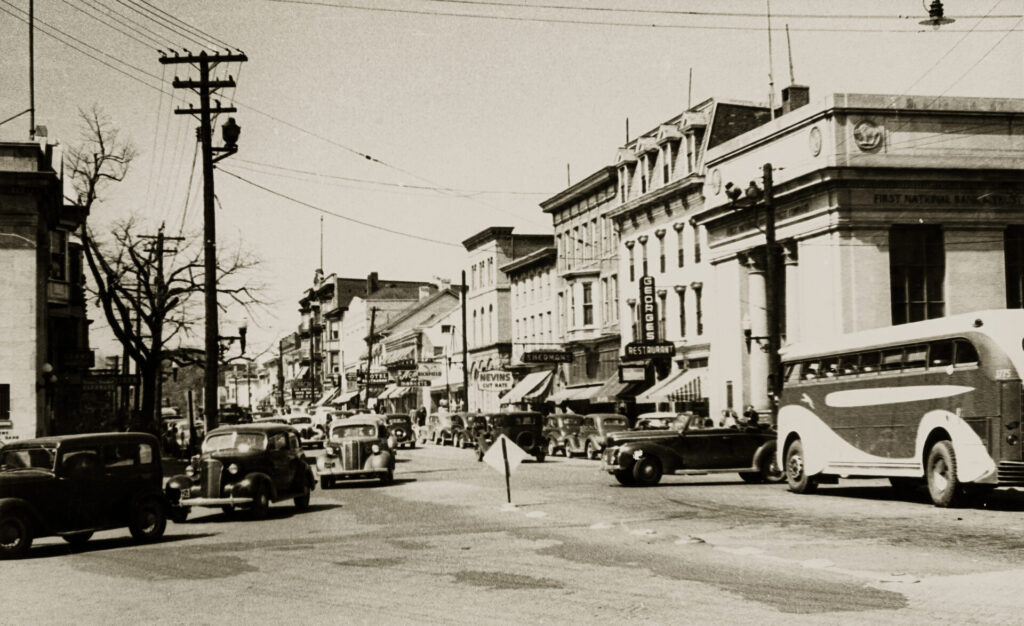
LN1: Many of the buildings, attractions, and of course, the people featured in the book, are now gone. This book is in essence a historic collection of Waynesboro memories.
Dorsett: Yes, I agree. I think there’s a certain romance for something that’s gone. People think, wouldn’t it be nice if that place was still there? This is the kind of book you can keep going back to and discover new things and reminisce about old memories. I hope people will be uplifted by the book’s nostalgia.
LN1: Since AHA has published many books in the past, were there any unique challenges designing this particular project?
Dorsett: We tried to make the book educational as well as artistic. We had over 500 pictures to choose from and ended up with 280. Since Sylvester covered so many subjects we also wanted to have a good sample of each category and I think we accomplished that. If it’s a memorable Snyder picture, it’s in this book. As far as designing a photo book, Sylvester did all the work, so the layout was one of the easiest I’ve done so far.
LN1: How does this book further AHA’s ongoing mission?
Dorsett: We’ve adopted a blend of scholarly publications and fun events so we can engage a broad spectrum. We like to have fun and Sylvester also had a good sense of humor. One of the other reasons we produced this book is because Sylvester wanted it done. It’s a shame it didn’t get published in his lifetime.
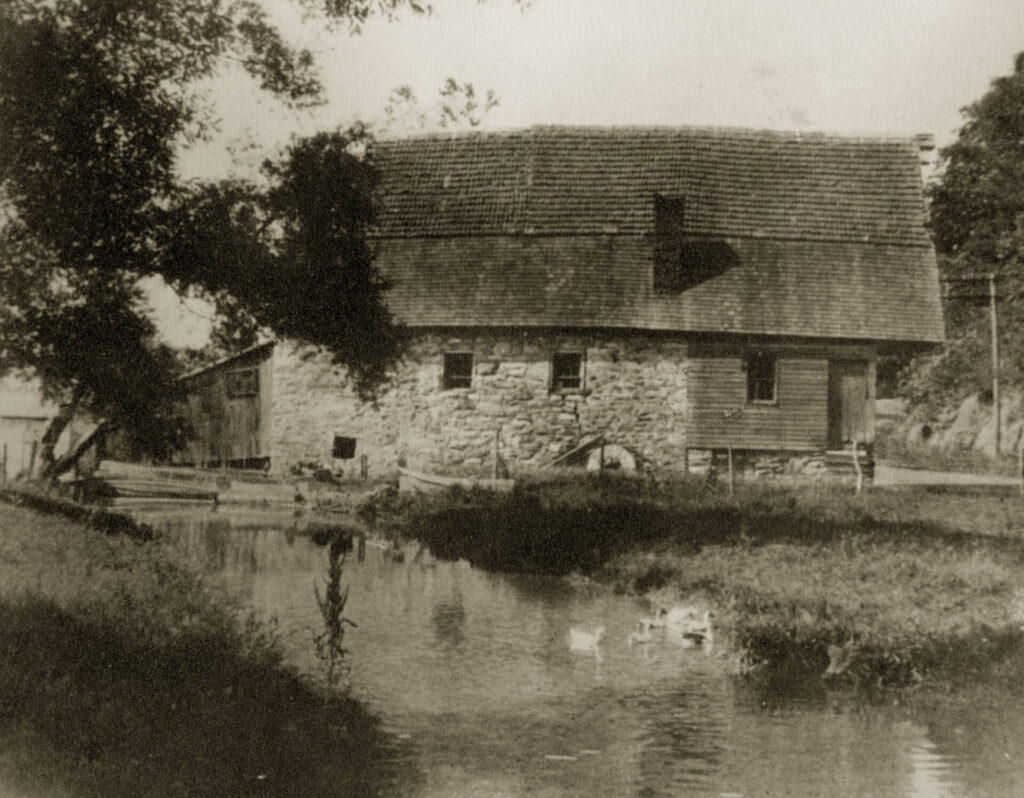
LN1: Do you think this book could encourage future historic preservation?
Dorsett: You have to match the need for preservation with the people who have the capital to get it accomplished. That can be a difficult task. But when the time comes to save a property, you hope the right people show up.
LNI: Do you have a personal favorite from this collection?
Dorsett: I like Sylvester’s profile on the book cover. He had a distinct look and I’m glad he recorded it. I think Sylvester would be pleased with this book if he saw it.
LN1: What is Sylvester Snyder’s legacy?
Dorsett: Sylvester preserved 20th century Waynesboro as the ordinary person would have viewed it. He came from humble beginnings and accomplished a lot. Everyone held Sylvester in high regard. People who have bought this Snyder book share wonderful stories about him. Sylvester was a true gentleman.
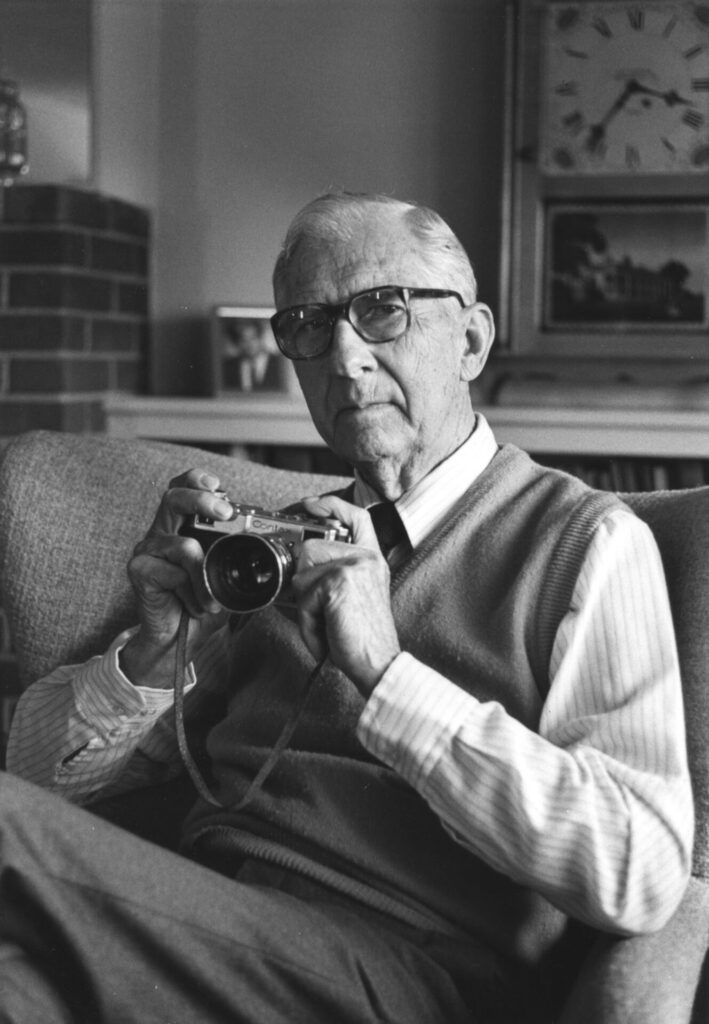
To purchase a copy of “Sylvester Snyder’s Waynesboro”, contact the Antietam Historical Association (717-762-2006) or order it online through Amazon


